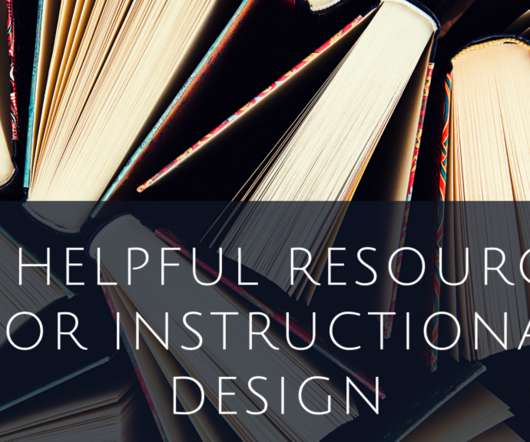12 Helpful Resources for Instructional Design
CourseArc
DECEMBER 20, 2021
Designing Accessible Learning Content: A Practical Guide to Applying Best-practice Accessibility Standards to L&D Resources (by Susi Miller) . This book from Susi Miller is a must-have for creating accessible digital learning content. With the first edition published in 2002, this book from Ruth Colvin Clark and Richard E.






























Let's personalize your content